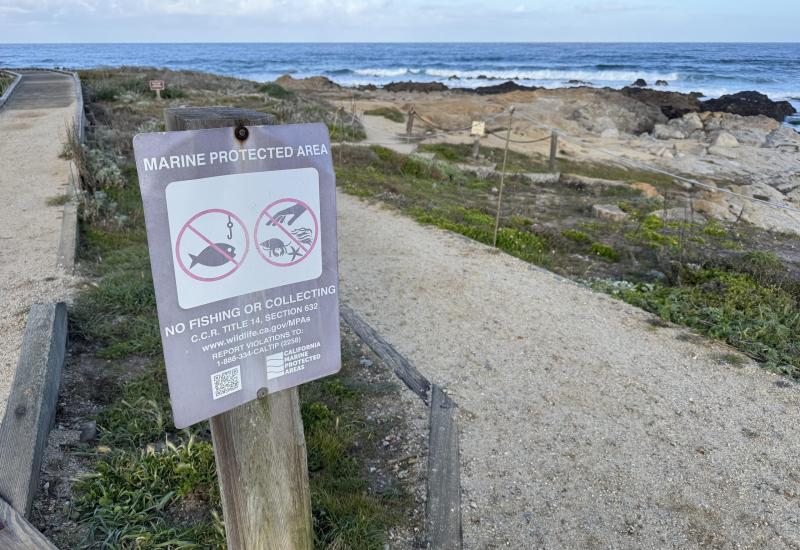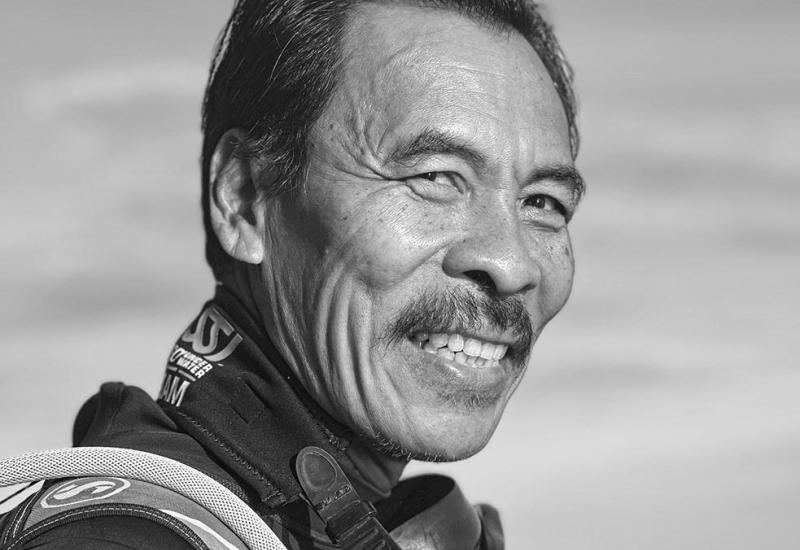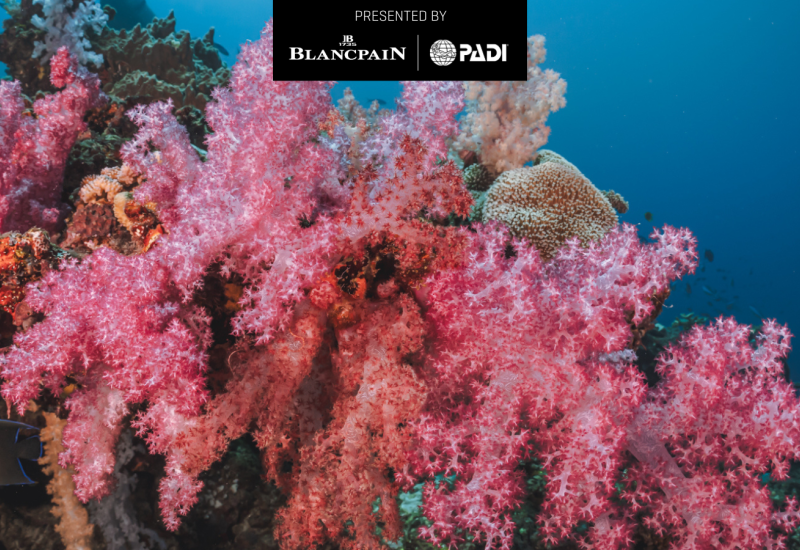The Warriors Fighting to Save Florida's Dying Corals
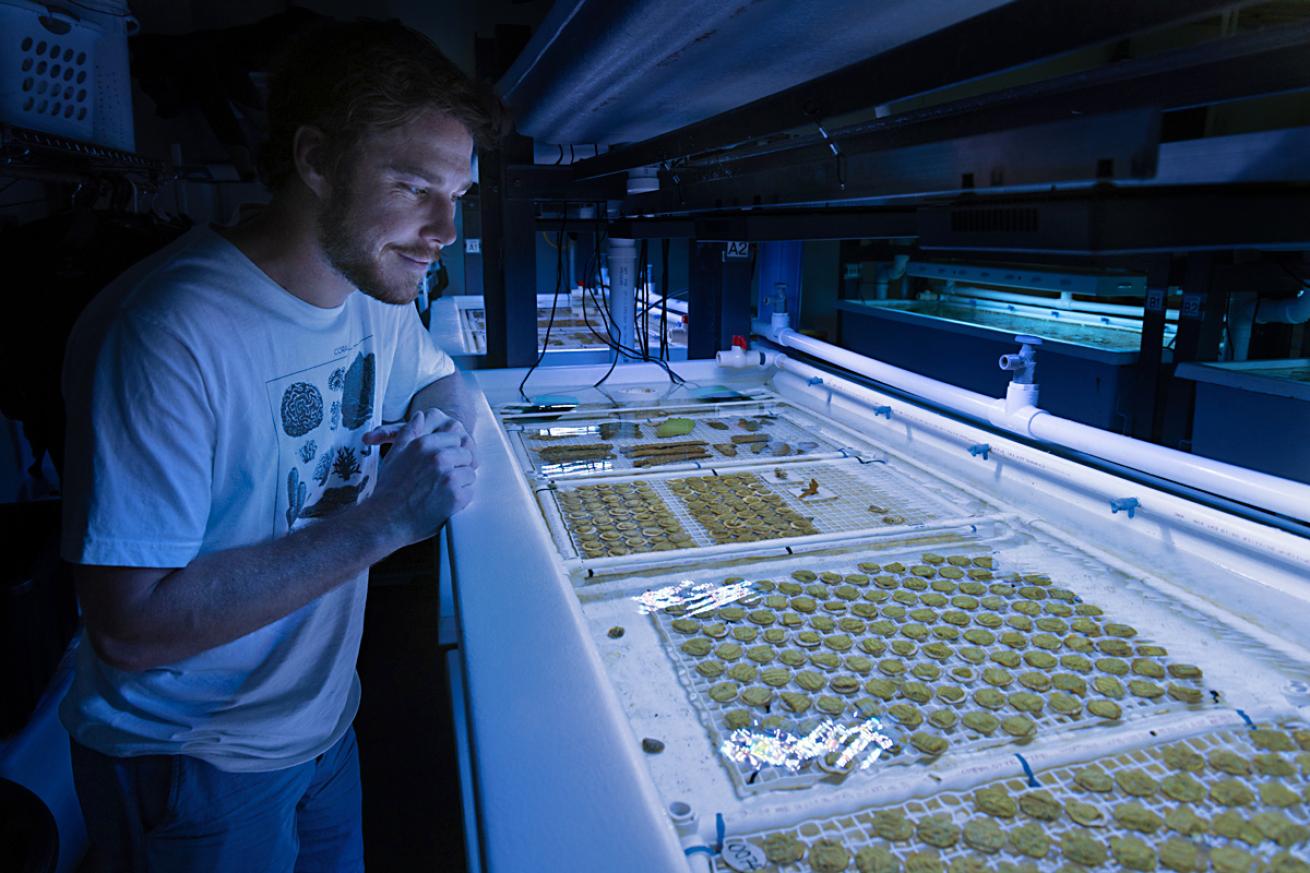
Jennifer AdlerDalton Hesley tends to a tank of coral fragments.
University of Miami Rosenstiel School of Marine, Atmospheric, and Earth Science
Dalton Hesley, a senior research associate in Dr. Diego Lirman’s lab, looks into a tank of coral fragments that will be used for both restoration projects and research on resiliency, productivity and predation. Outside of the lab, Hesley manages Rescue a Reef—a Miami-based conservation program developed to raise public awareness of, and inspire action for, coral reef conservation through hands-on citizen science opportunities. The Adopt a Reef program grows threatened corals on land for use in these restoration activities and for cutting-edge research. rescueareef.earth.miami.edu
Related Reading: Unprecedented Mass-Bleaching and Significant Coral Mortality in the Florida Keys
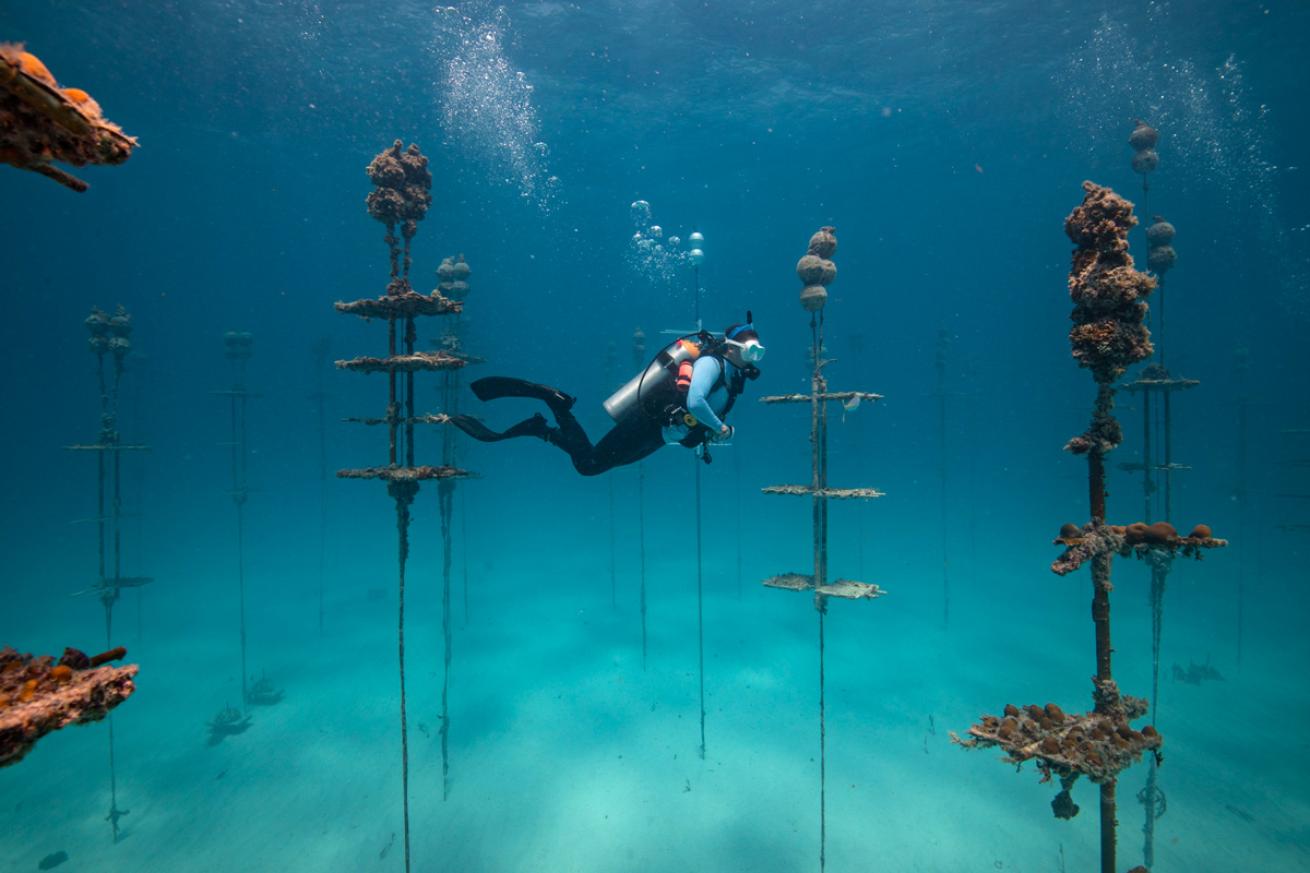
Jennifer AdlerCoral Restoration Foundation has multiple nurseries, such as this one in Tavernier in the Florida Keys.
Coral Restoration Foundation
Madalen Howard swims among more than 500 coral trees in the Coral Restoration Foundation’s Tavernier Nursery. Since 2007, CRF has planted more than 170,000 corals in the Florida Keys. Its nurseries are crucial for genetic diversity and host 1,305 different genotypes across 20 coral species. Each tree holds between 60 and 100 coral fragments. After six to nine months hanging on the trees, the coral pieces are outplanted on nearby reefs to keep growing. coralrestoration.org
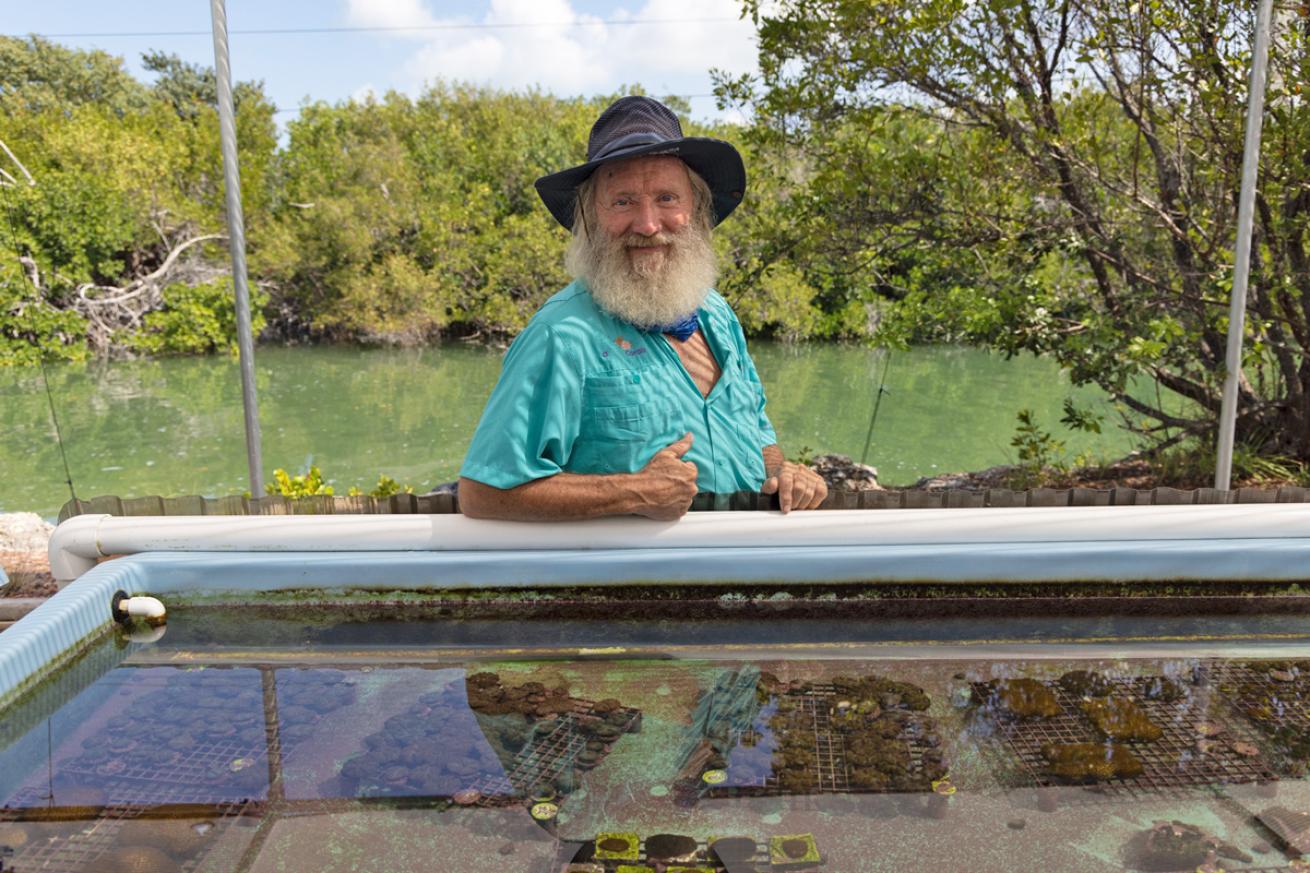
Jennifer AdlerDr. David Vaughan, a pioneer in coral restoration.
Plant a Million Corals
Two weeks after Dr. David Vaughan accidentally broke a piece of elkhorn coral while cleaning a tank, each fragment had grown into a dime-size coloqny—what would normally take two years took two weeks. He pioneered this approach to restoration, called microfragmentation, and started Plant a Million Corals with the goal of revitalizing reefs. Elkhorn coral is functionally extinct in the wild, but he says if he had $10 million, he could bring it back. plantamillioncorals.org
Related Reading: An Unforgettable Dive: A Cry for Corals
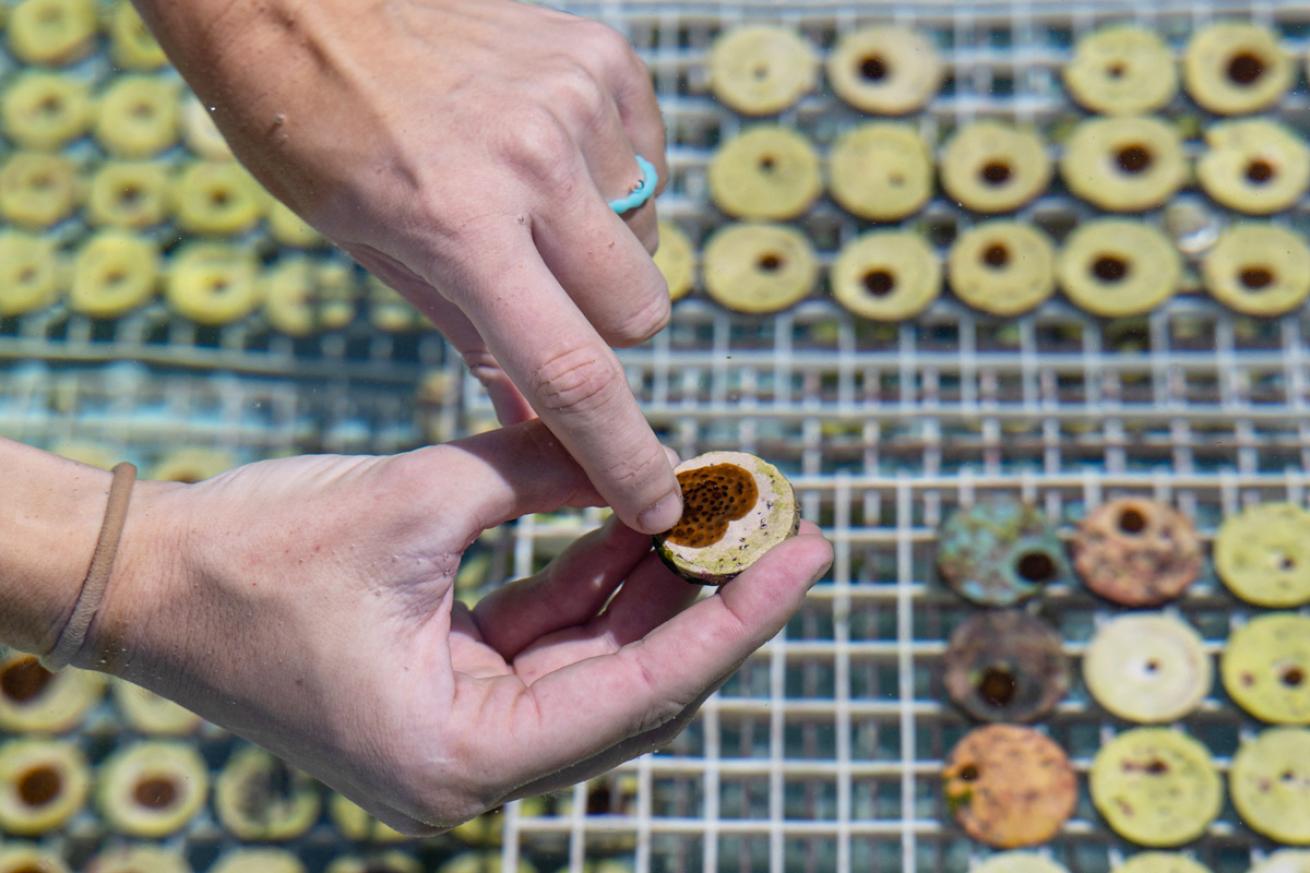
Jennifer AdlerDr. Hanna Koch holding a staghorn coral.
Mote Marine Laboratory
Dr. Hanna Koch has raised almost 10,000 genetically distinct corals in her lab. This diversity is essential as oceans warm and diseases spread. Using selective breeding, scientists can select for a genetic trait, such as heat tolerance. Here, Koch grows staghorn corals from two white band disease-resistant parents to see if its babies are resistant too. mote.org

